In the world of design leadership, success goes beyond aesthetics or managing timelines. True leadership demands a deep sense of emotional intelligence in UX, a mastery of team dynamics, and the ability to balance both creativity and management. While the role appears glamorous on the surface, leading a design team involves a complex blend of inspiration, strategy, vulnerability, and resilience.
This article explores the hidden emotional labor behind the title, offering insights into the challenges of creative leadership, the interpersonal balancing act it requires, and the core leadership skills for designers who aim to grow without burning out. If you’re navigating or transitioning into a leadership role, these insights will prepare you for what lies beneath the surface.
The Illusion of Control in Modern Design Leadership
Many associate design leadership with influence, control, and decision-making authority. However, real-world leadership rarely works this way. Instead of commanding from the top, most design leaders operate within systems they do not fully control—collaborating with stakeholders, managing shifting goals, and building consensus while still pushing creative boundaries.
Design leaders often:
- Make space for their teams to shine, rather than spotlighting themselves.
- Act as emotional anchors during times of ambiguity.
- Absorb criticism without passing it down.
- Manage egos, including their own.
The emotional demands of the role are heavy. And yet, these invisible tasks are rarely discussed or acknowledged.
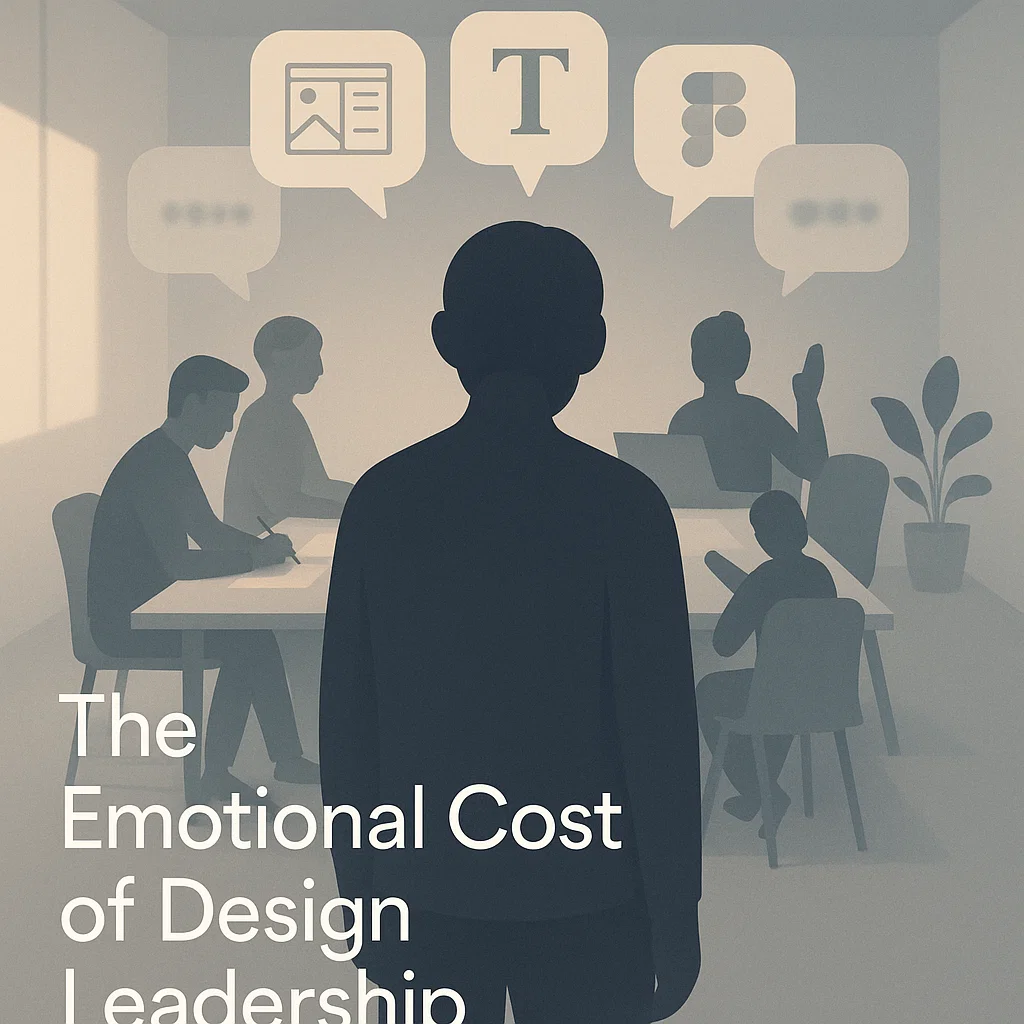
Emotional Intelligence in UX – A Cornerstone of Design Leadership
Strong emotional intelligence in UX settings is essential for effective leadership. As a design leader, your responsibilities extend far beyond deliverables or pixel-perfect screens. You’re expected to:
- Read between the lines of feedback.
- Sense team burnout before it’s visible.
- Balance personal empathy with professional accountability.
These soft skills often make or break a team’s success. While technical knowledge might get you into leadership, emotional intelligence ensures you thrive there.
Challenges of Creative Leadership: More Than Meets the Eye
The challenges of creative leadership often lie in navigating unspoken tension:
- Balancing company expectations with team well-being.
- Advocating for design in meetings dominated by business logic.
- Letting go of hands-on work while staying connected to the craft.
Many design leaders report feelings of isolation, especially when team morale is low or business metrics conflict with UX priorities. These emotional burdens aren’t easy to quantify, but they define the experience of leadership more than any OKR.
Leadership Skills for Designers: What Truly Matters
While strategy and communication are vital, successful leaders also embrace:
- Self-awareness – Understanding personal triggers and blind spots.
- Resilience – Bouncing back from difficult feedback or failed projects.
- Adaptability – Responding to changing priorities with calm and focus.
- Boundary setting – Knowing when to say “no” to protect creative energy.
For those transitioning into leadership, mastering these skills is more important than mastering tools. Tools evolve; people and processes remain central.
Learn how thoughtful design choices—including typography—can enhance UX in our post on typography in design.
Balancing Creativity and Management in Design Teams
Striking a balance between leading and designing is a constant tension. Many new leaders struggle to:
- Prioritize strategic thinking over tactical execution.
- Empower others to own the design instead of jumping in to fix.
- Set team direction without micromanaging.
Balancing creativity and management in design teams means embracing ambiguity. You must let go of the need for perfection and instead foster a team culture of learning, feedback, and growth.
And while the demands are high, the rewards—watching your team grow, seeing your influence multiply—are greater still.
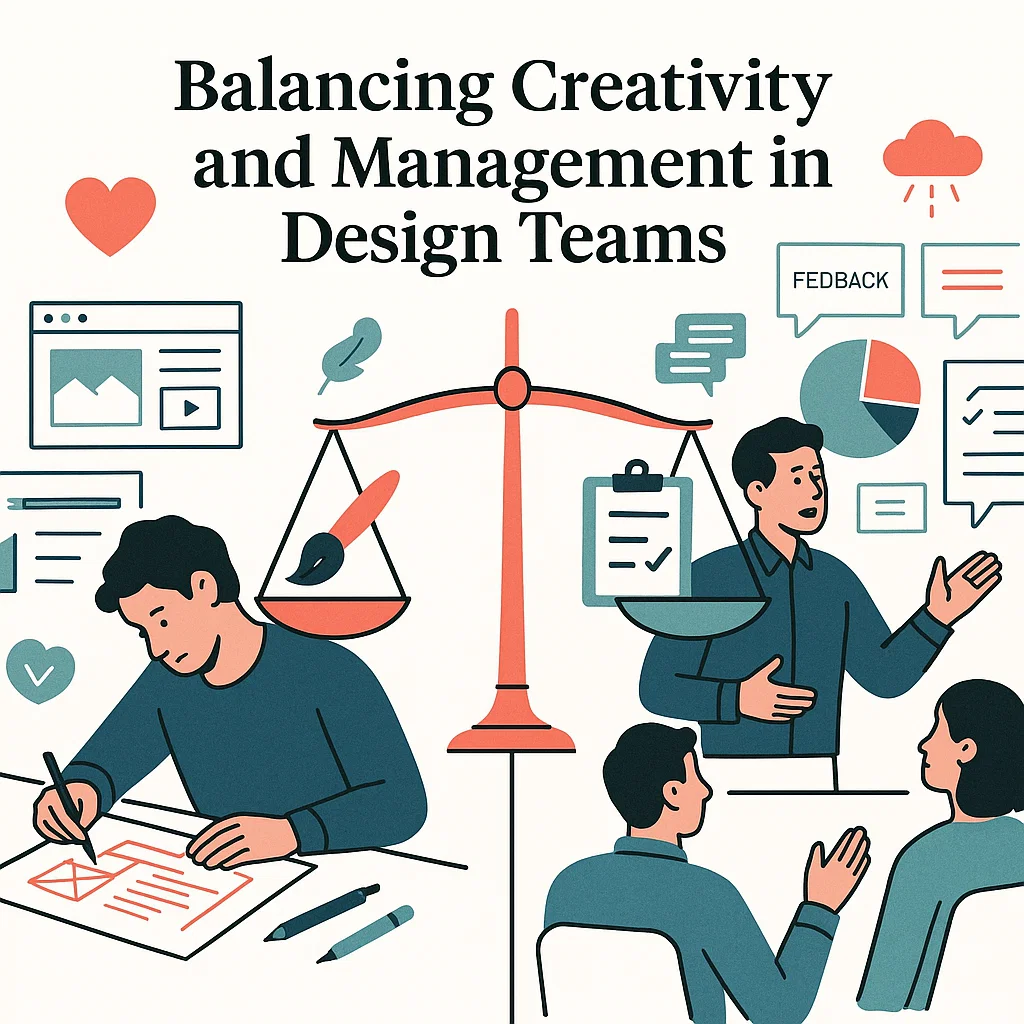
Reframing Success in Design Leadership
Success in design leadership isn’t about controlling every detail. It’s about:
- Building trust with your team and stakeholders.
- Being emotionally present in difficult moments.
- Creating space for creativity to flourish under pressure.
- Championing your team’s work without seeking personal credit.
Design leaders are often the quiet force behind great products, guiding through empathy, influence, and care.
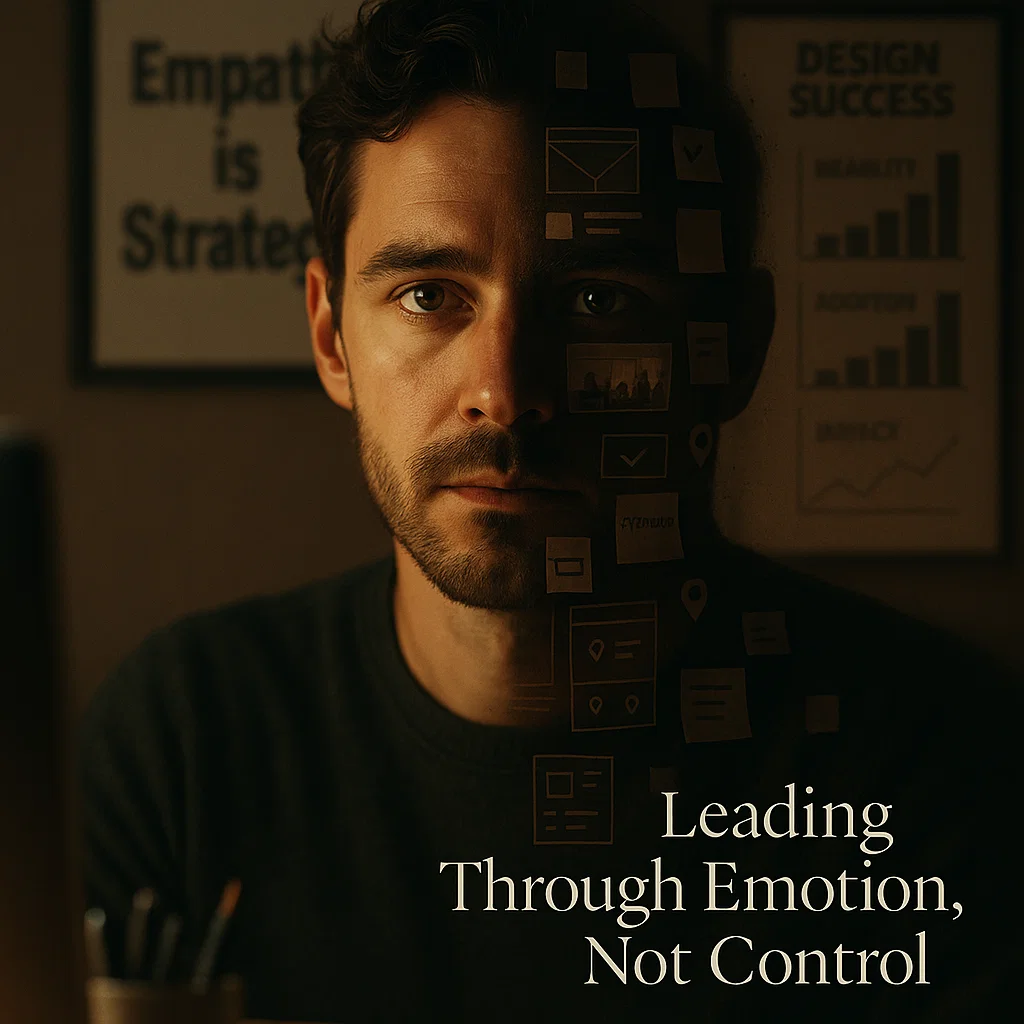
Conclusion: The Power Behind the Mask
The leadership mask may project confidence and clarity, but behind it lies a person constantly juggling emotional, strategic, and creative demands. Acknowledging this duality is the first step toward becoming a more grounded, resilient, and impactful design leader.
At BozzaBench, we understand the nuances of leadership in the design space and how crucial empathy and adaptability are for long-term success. And if you’re looking to build user-centered products while leading with confidence, our team at Webie is here to support your journey.



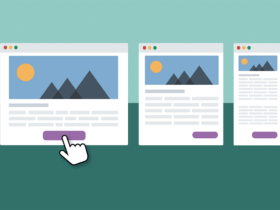







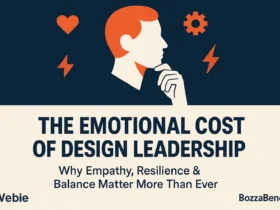

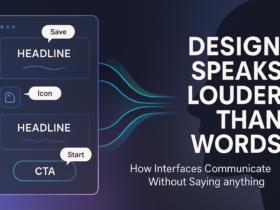





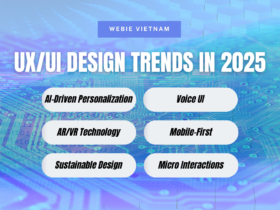



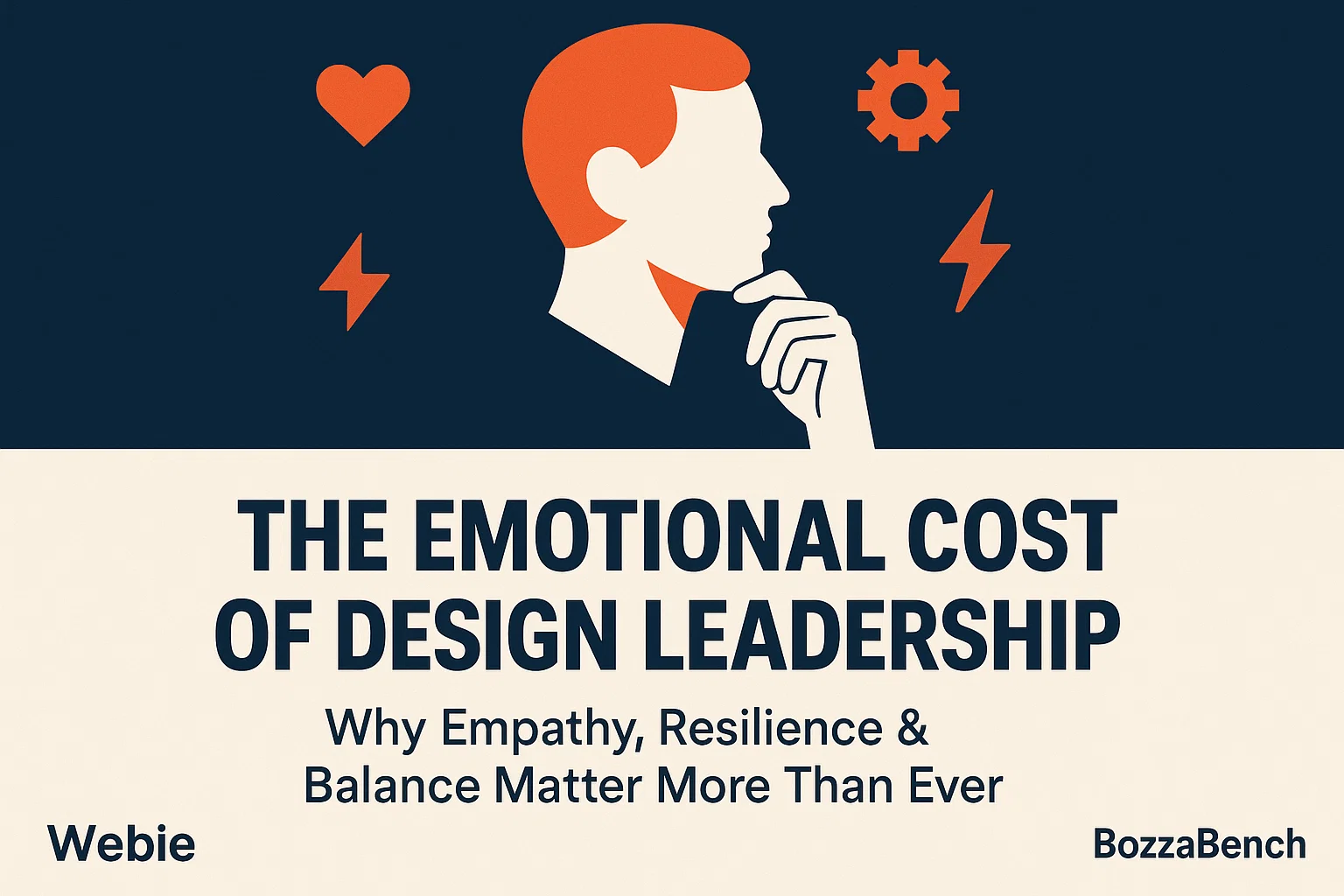
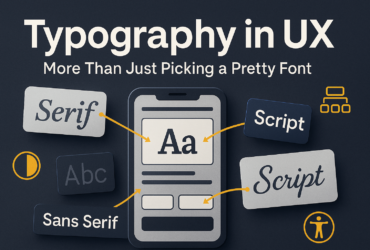
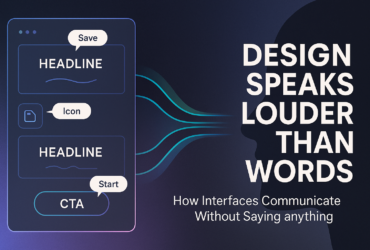

Leave a Reply